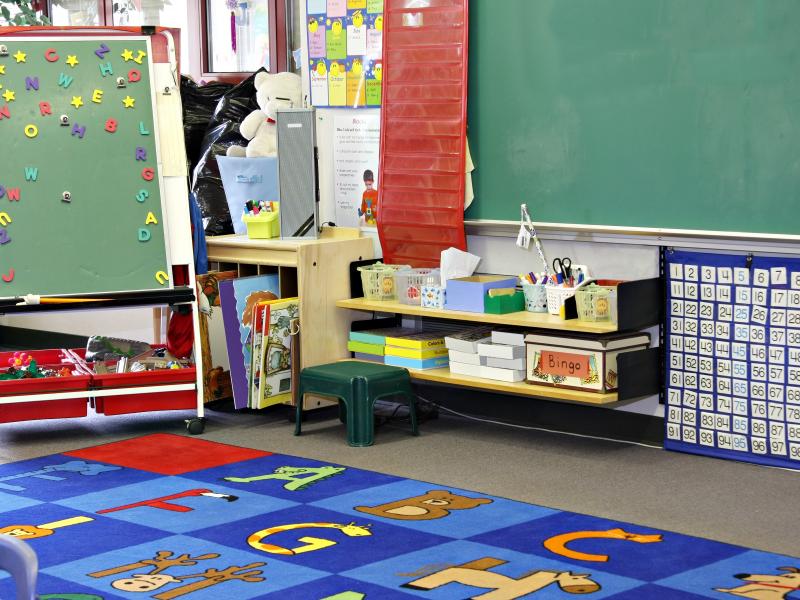Everyone has different learning styles, the Learning Style Theory proposes that individuals learn in different ways and it is important to discover the type of style that is most successful for your students. Different activities and lesson planning is described further by authors Pat Phipps and Pam Schiller, in their book, The Complete Daily Curriculum for Early Childhood, Revised.
The Theory of Multiple Intelligences was created by Howard Gardner in his book, Frames of Mind which was first published in 1983. Gardner theory is now widely accepted in most educational settings; also, provides the framework to help teachers create innovative learning experiences. In addition, Multiple Intelligences enables teachers to address the needs of each student on an individual basis.
Here are eight intelligences:
- Linguistic (Word Smart), the capacity to use words effectively, whether orally or in writing.
- Logical-Mathematical (Number Smart), the capacity to use number effectively and to reason well.
- Spatial (Picture Smart), the ability to perceive the visual-spatial world accurately and to perform transformations upon those perceptions.
- Bodily-Kinesthetic (Body Smart), the ability to use one’s whole body to skillfully express ideas and feelings and facility in using one's hands to produce or transform things.
- Musical (Music Smart), the capacity to perceive, discriminate, and express musical forms.
- Naturalist (Nature Smart), the ability to discriminate among living things as well as to be sensitive to other features of the natural world.
- Interpersonal (People Smart), The ability to perceive and make distinctions among the moods, intentions, motivations, and feelings of other people.
- Intrapersonal (Self Smart), this intelligence includes having an accurate picture of oneself.
Children learn through different processes and meaningful experiences. By intentionally tailoring teaching methods to individual children, teachers can help children internalize deep understandings of their learning.
Research shows that everyone, including children, are more likely to learn when the information being taught is of interest to us. Using the interests of your students in and during your lesson plans helps each child connect with what they already know and the new information they are being taught. Also, this helps them out new information into a meaningful and substantial context.

